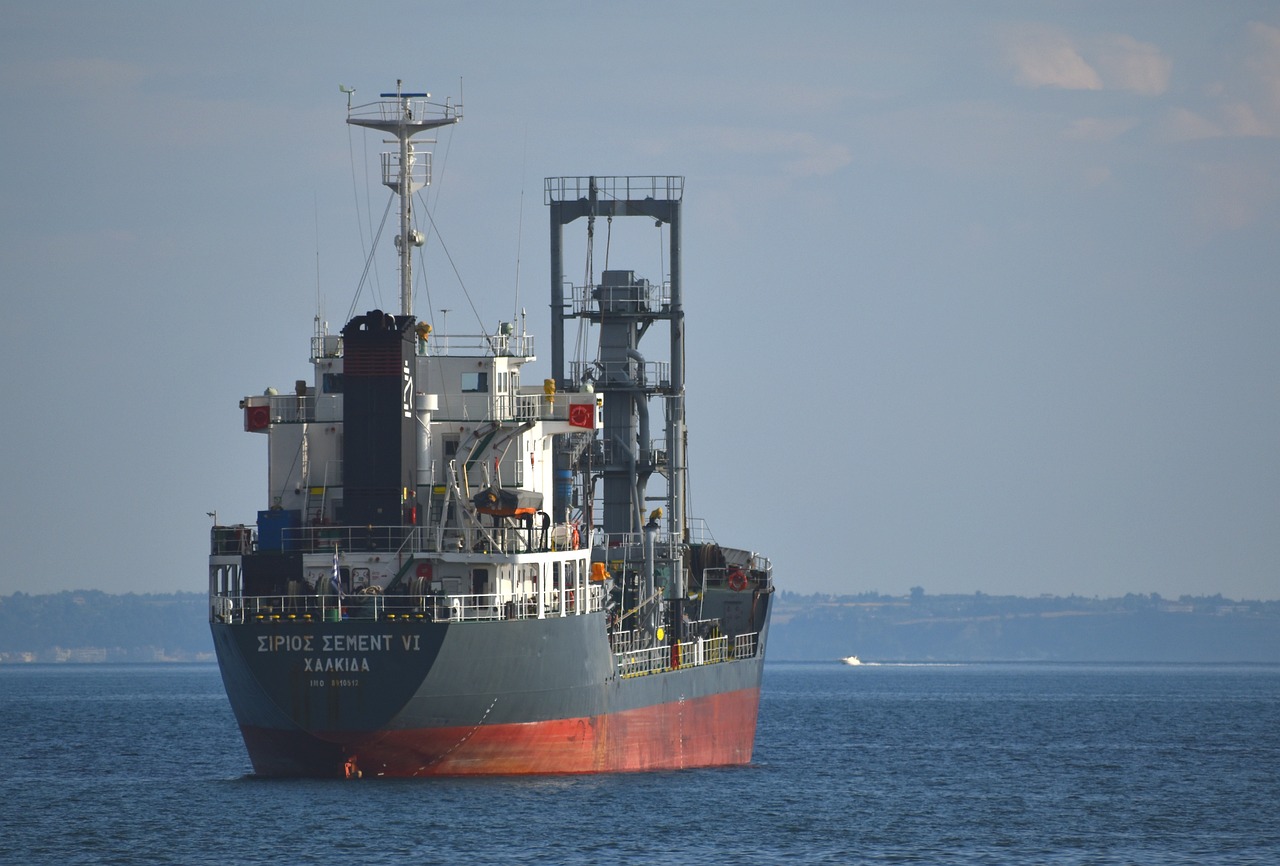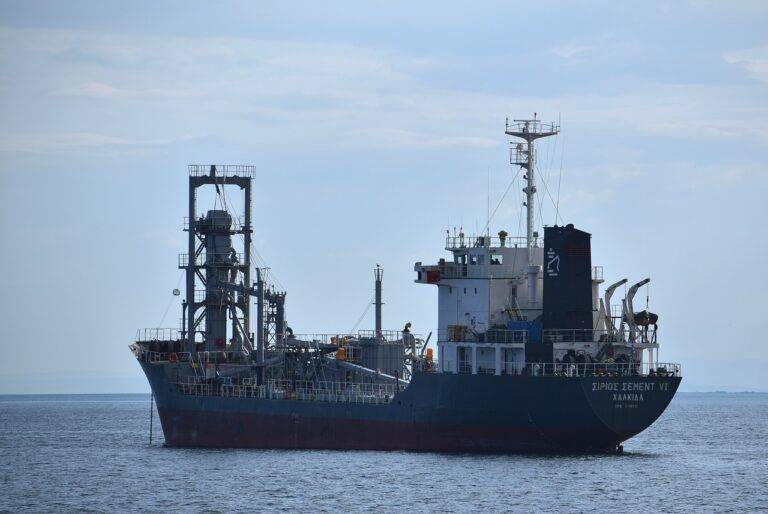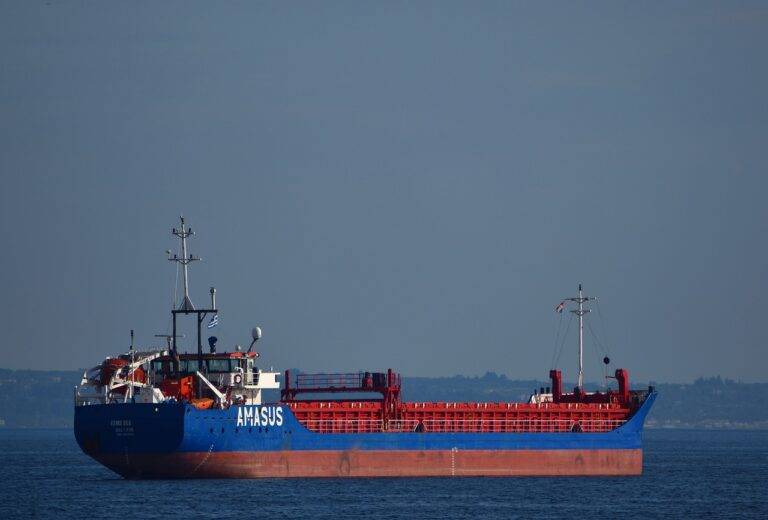Traveling Sustainably in Coastal Areas: Preserving Ocean Habitats and Marine Biodiversity
When embarking on coastal travel, it is crucial to prioritize sustainability to ensure the protection of these fragile environments. One simple yet effective way to contribute to the conservation of coastal areas is to minimize waste generation. By bringing reusable water bottles, bags, and containers, travelers can significantly reduce their plastic footprint and help maintain the cleanliness of the coastlines they visit. Additionally, opting for eco-friendly transportation options such as walking, biking, or using public transportation whenever possible can further lessen the environmental impact of coastal travel.
Another key aspect of sustainable coastal travel is respecting the local wildlife and ecosystems. It is important for travelers to adhere to designated trails and avoid disturbing nesting sites or habitats of marine animals. By keeping a safe distance from wildlife and refraining from feeding them, visitors can help safeguard the natural balance of these coastal ecosystems. Choosing to support local conservation initiatives, such as beach clean-ups or marine protection organizations, can also make a positive contribution to the preservation of coastal environments for future generations to enjoy.
Understanding the Importance of Ocean Habitats
Ocean habitats play a vital role in supporting marine biodiversity. These diverse ecosystems provide a home for a plethora of marine species, ranging from microscopic plankton to majestic whales. Coral reefs, mangroves, and seagrass beds are just a few examples of crucial ocean habitats that offer food, shelter, and breeding grounds for countless organisms.
In addition to their ecological significance, ocean habitats also play a crucial role in maintaining the overall health of our planet. They help regulate the climate by absorbing carbon dioxide from the atmosphere and releasing oxygen through photosynthesis. Furthermore, these habitats act as natural barriers, protecting coastal communities from erosion and storms. It is evident that preserving and protecting ocean habitats is essential for the well-being of both marine life and human societies.
Conserving Marine Biodiversity Through Responsible Tourism
Responsible tourism plays a crucial role in protecting marine biodiversity. By choosing sustainable travel options, such as supporting eco-friendly accommodations and activities, travelers can minimize their impact on fragile marine ecosystems. Additionally, respecting marine wildlife and following guidelines for observing animals in their natural habitats can help ensure their protection for future generations.
Engaging in local conservation efforts while visiting coastal areas can also contribute to the preservation of marine biodiversity. Participating in beach clean-up activities and supporting organizations that work towards marine protection can make a positive difference in safeguarding the delicate balance of ocean ecosystems. By promoting responsible tourism practices, individuals can play a part in conserving marine biodiversity and fostering a healthier environment for all species that depend on the ocean for survival.
What are some sustainable practices for coastal travel?
Some sustainable practices for coastal travel include staying in eco-friendly accommodations, supporting local conservation efforts, reducing waste and single-use plastics, and respecting marine wildlife.
Why is it important to understand the importance of ocean habitats?
Understanding the importance of ocean habitats is crucial because they support a wide variety of marine biodiversity, provide essential ecosystem services, and play a key role in regulating the Earth’s climate.
How can responsible tourism help conserve marine biodiversity?
Responsible tourism can help conserve marine biodiversity by supporting sustainable practices, raising awareness about the importance of marine habitats, and actively participating in conservation efforts during coastal travels.





